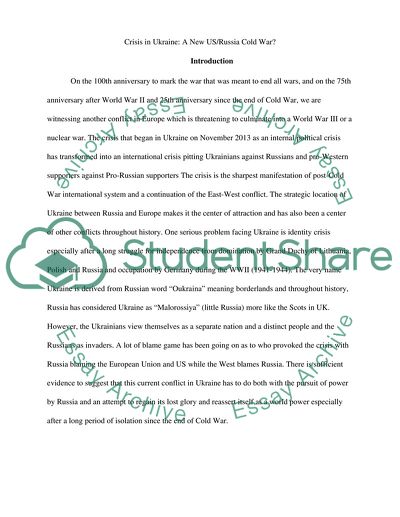Cite this document
(“Crisis in Ukraine: A New US/Russia Cold War Research Paper - 2”, n.d.)
Retrieved from https://studentshare.org/social-science/1683436-crisis-in-ukraine-a-new-us-russia-cold-war
Retrieved from https://studentshare.org/social-science/1683436-crisis-in-ukraine-a-new-us-russia-cold-war
(Crisis in Ukraine: A New US/Russia Cold War Research Paper - 2)
https://studentshare.org/social-science/1683436-crisis-in-ukraine-a-new-us-russia-cold-war.
https://studentshare.org/social-science/1683436-crisis-in-ukraine-a-new-us-russia-cold-war.
“Crisis in Ukraine: A New US/Russia Cold War Research Paper - 2”, n.d. https://studentshare.org/social-science/1683436-crisis-in-ukraine-a-new-us-russia-cold-war.


